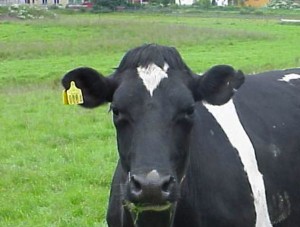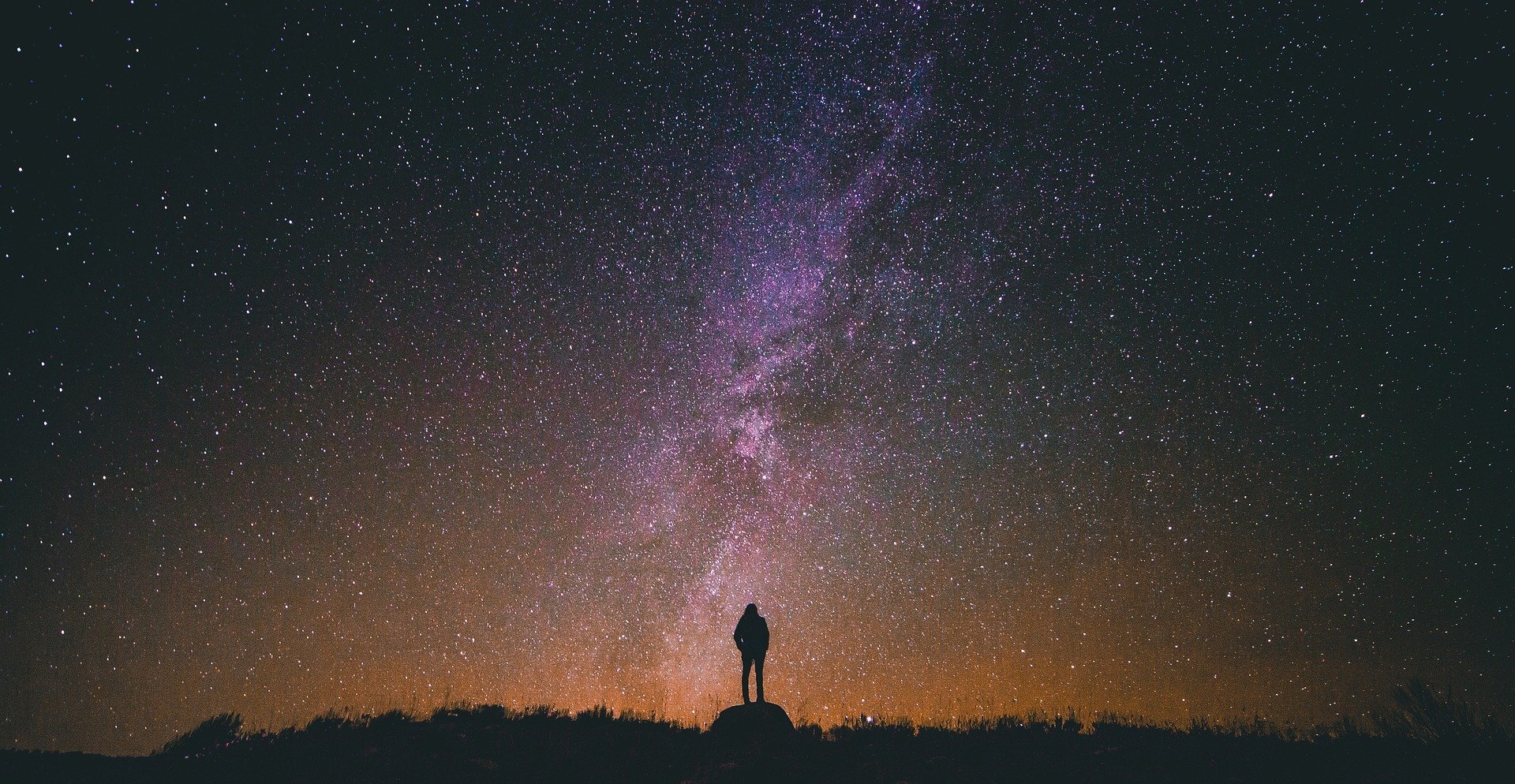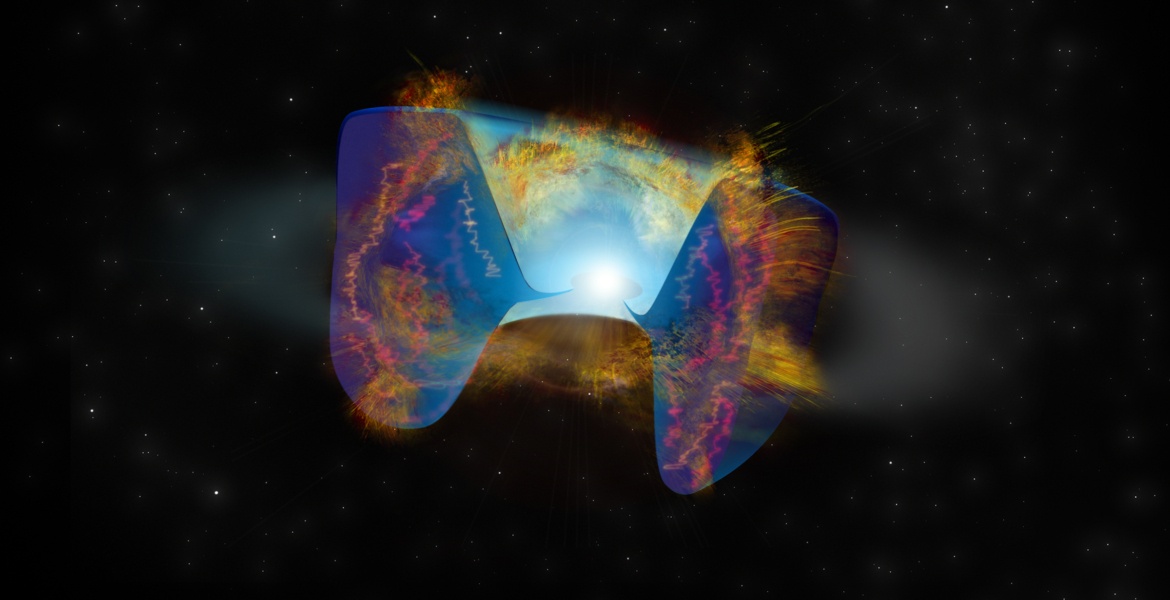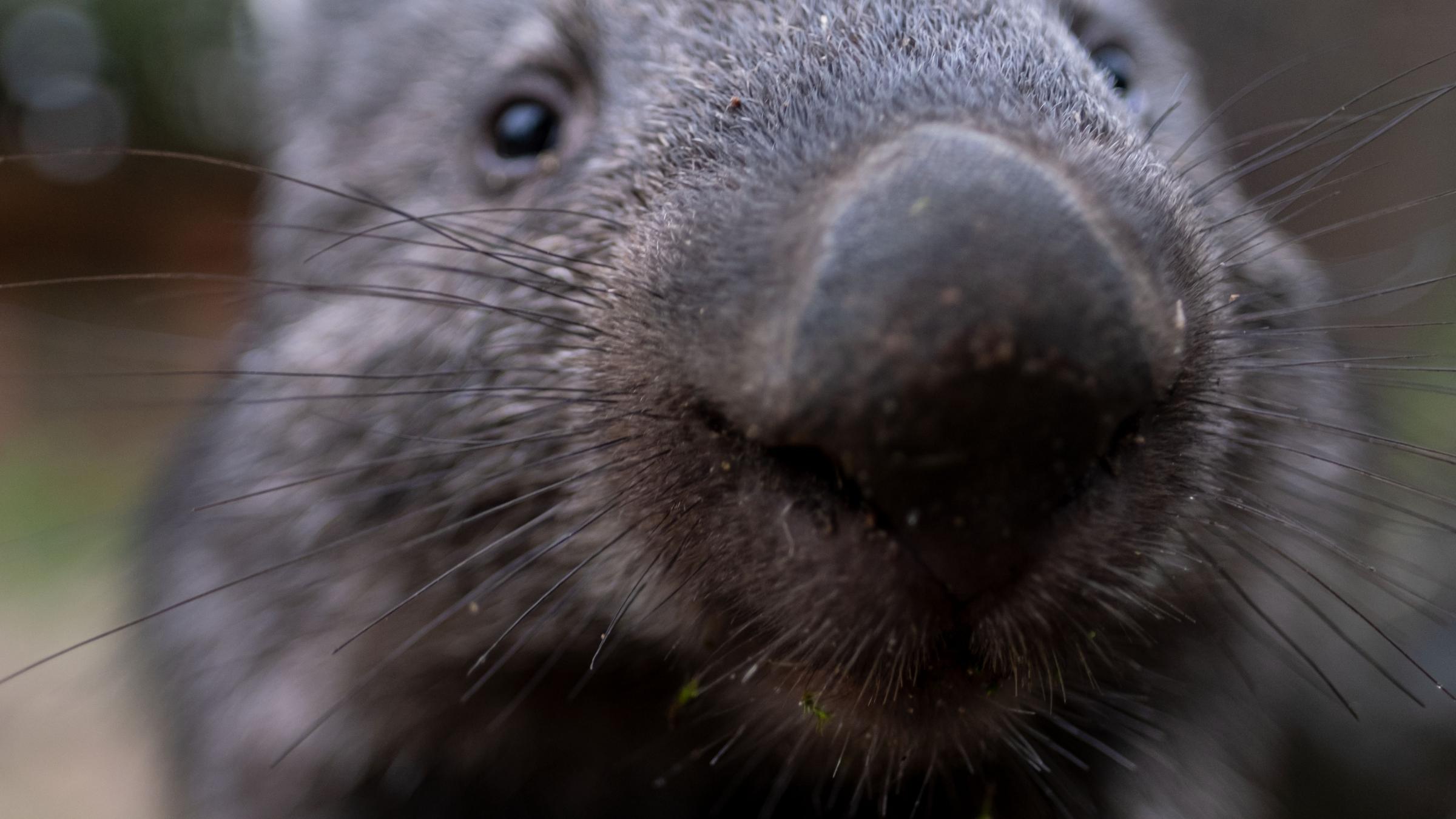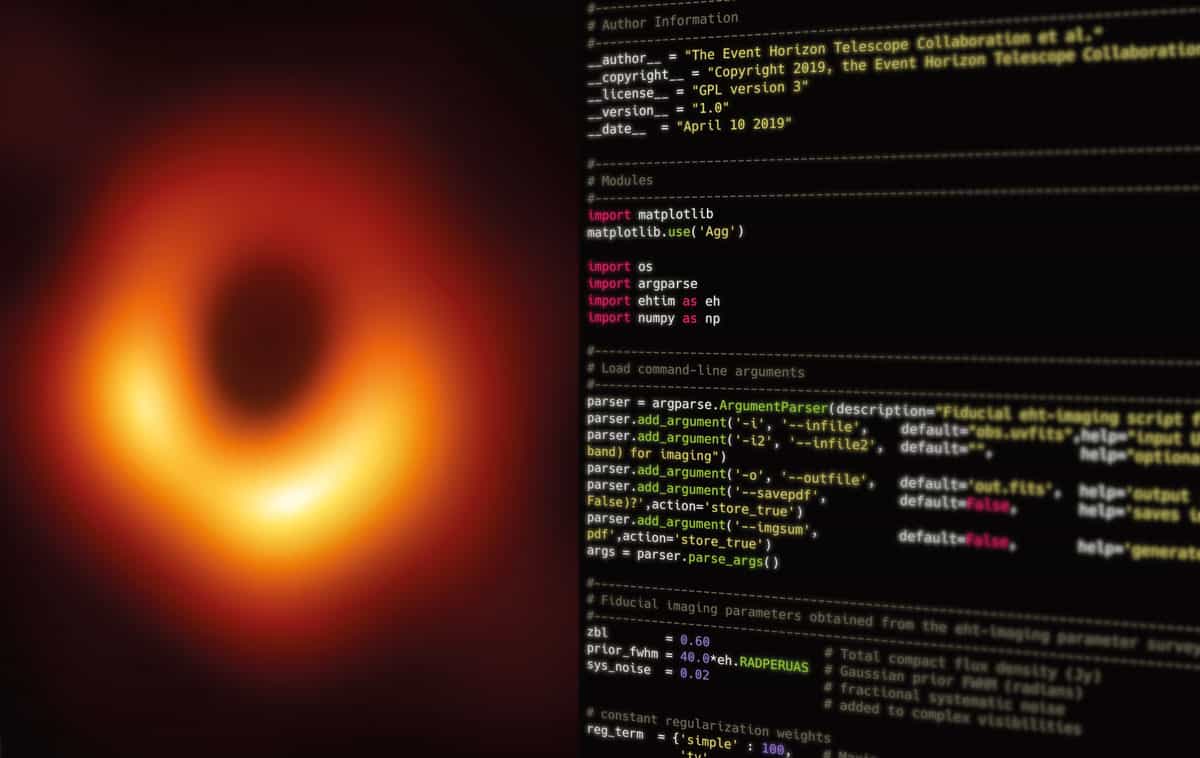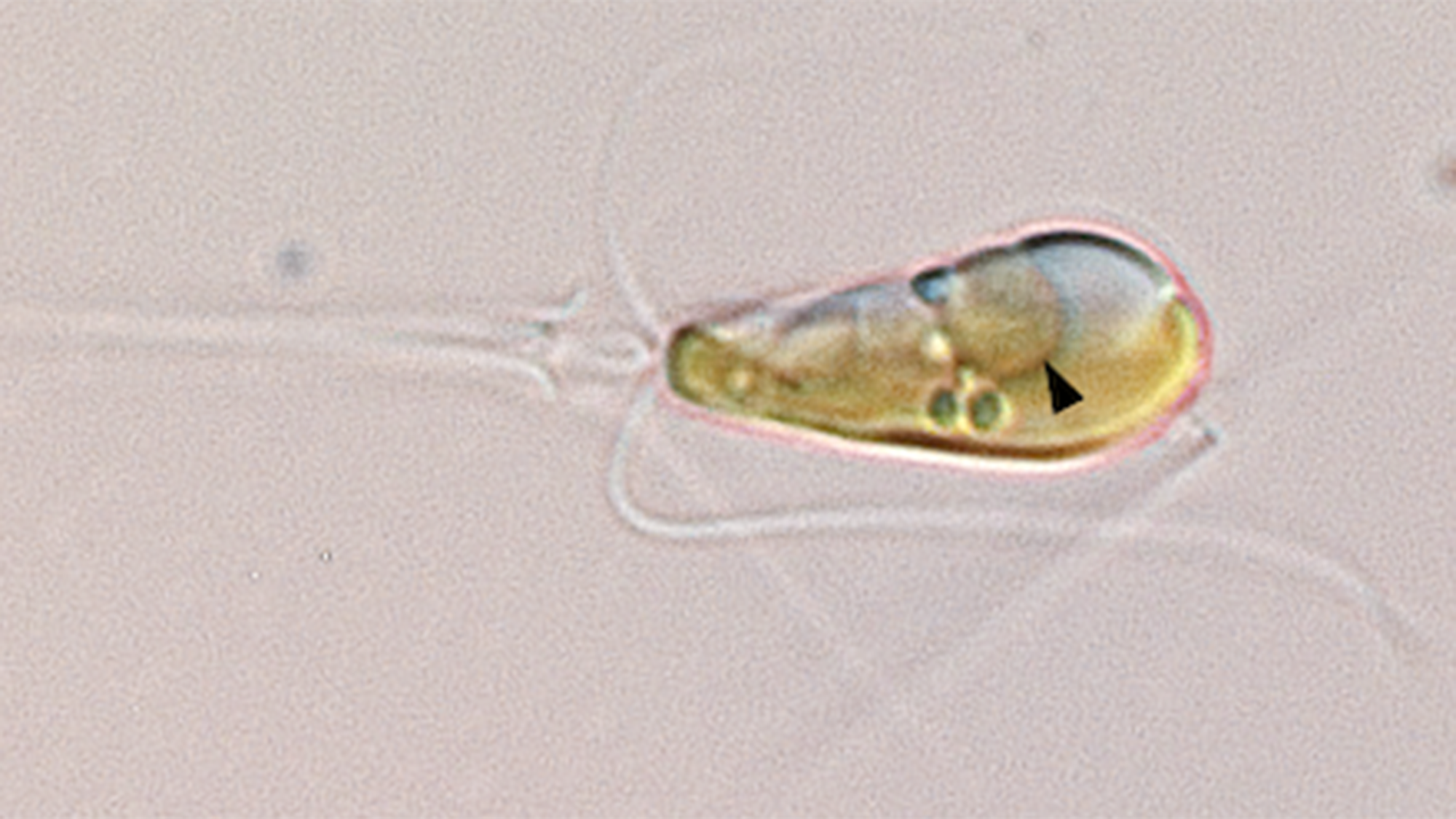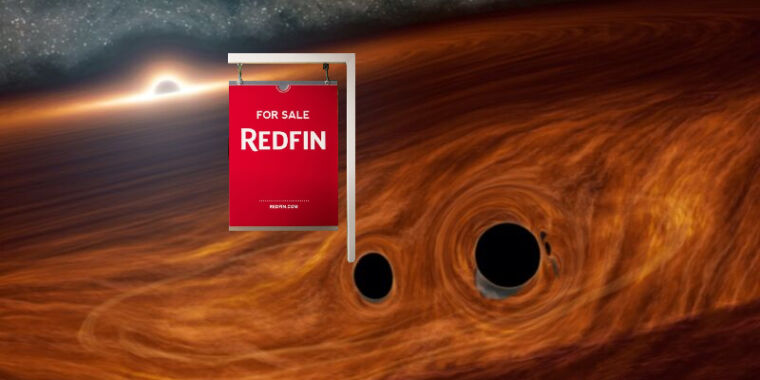
A guide to living at a black hole
Black holes flood the Universe. The nearest one is a mere 1,500 lightyears away. A giant one, Sagittarius A*, sits in the center of the Milky Way about 25,000 lightyears away. While your typical space traveler might look for a home around a calm G-type star, some celestial citizens are brave enough to take up refuge around one of these monsters. It’s not an easy life, that’s for sure, but being neighbors with a black hole does mean you’ll almost certainly learn more about the fundamental nature of reality than anybody else.
Upon first arriving at a black hole, you will most likely be struck by how utterly, completely…boring it is. The black hole itself is simply a fathomless black orb hanging out somewhere in the distance. Black holes don’t really do anything except sit there and gravitate. In fact, they’re famously easy to miss: Unless they’re actively feeding on material or coincidentally bending/blocking the view to a star in the background, you simply can’t see them. Once you know one is there, though, you can start to have some fun.
The size of the orb is determined by the black hole’s mass in a famous equation first derived by German astronomer Karl Schwarzschild, and the radius of that orb is named after him (the Schwarzschild radius). The smallest black holes have Schwarzschild radii no bigger than Manhattan; the largest ones could encompass our entire Solar System.
